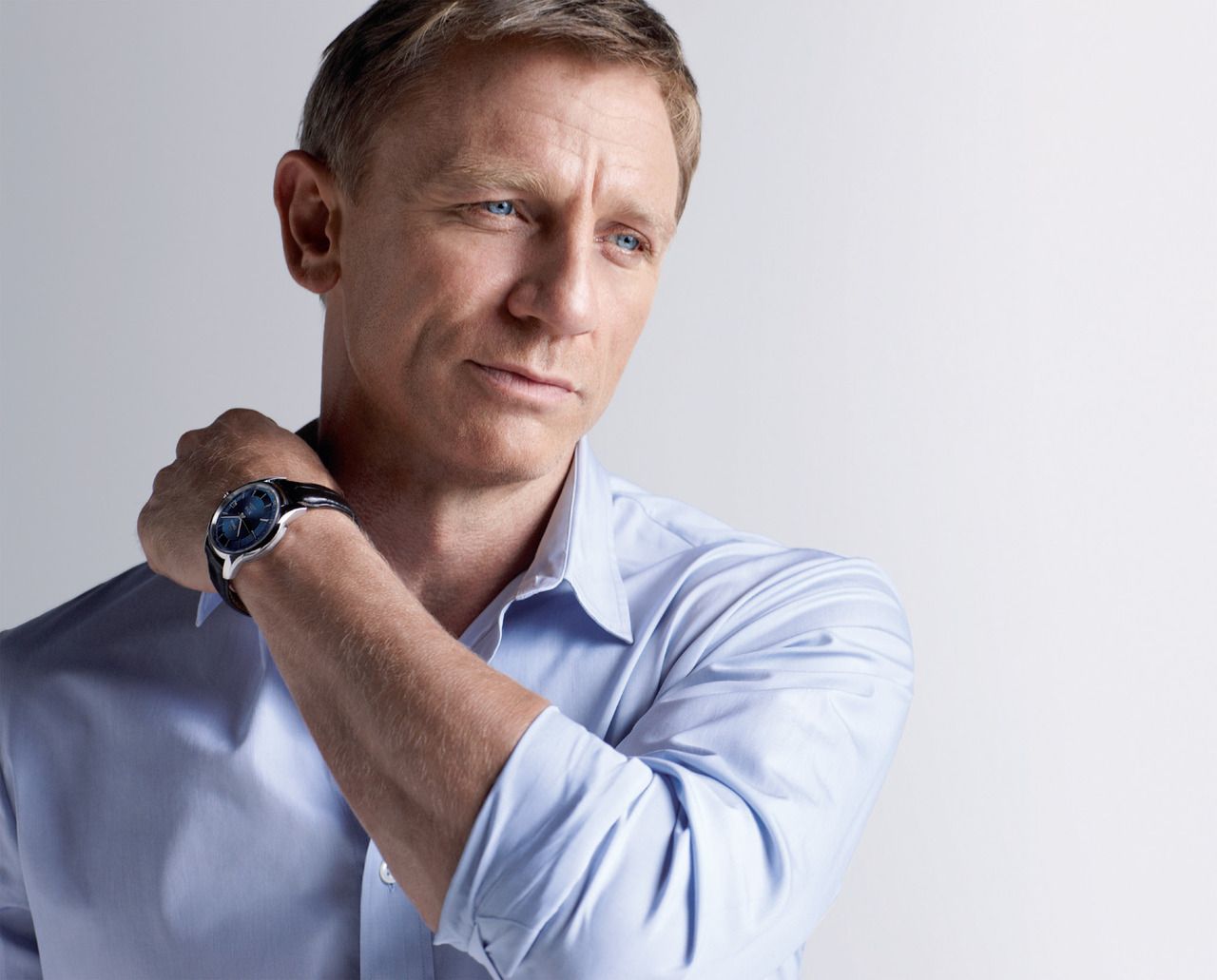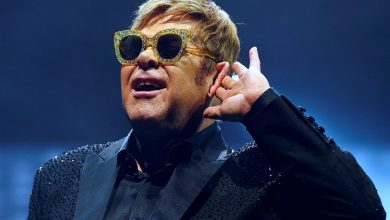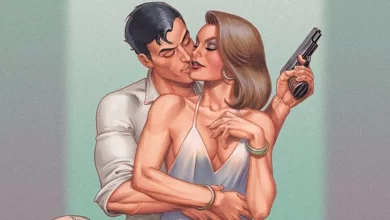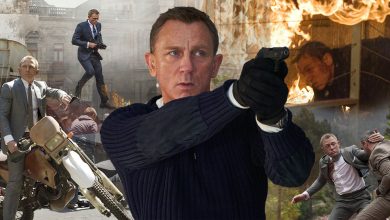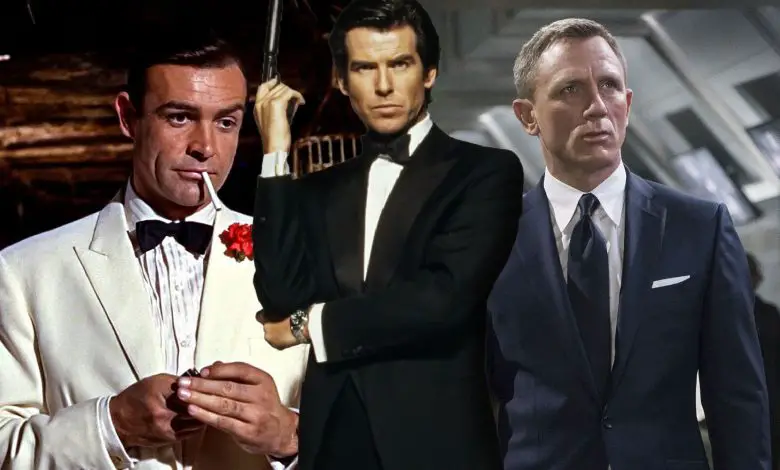
For over five decades, James Bond has been entertaining audiences around the world with his thrilling adventures and suave persona. The iconic character has been portrayed by numerous actors over the years, with each bringing their unique style and interpretation to the role. From the original 007, Sean Connery, to the latest Bond, Daniel Craig, each actor has left an indelible mark on the franchise and the broader spy genre.
Key Takeaways:
- The James Bond franchise has been a cultural phenomenon for over 50 years.
- Each actor who portrayed Bond brought their unique style and interpretation to the character.
- Sean Connery established the suave and sophisticated persona of Bond.
- The franchise has evolved over time with changes in tone and style.
- Daniel Craig’s portrayal of Bond has brought a grittier and more realistic approach to the character.
James Bond: A Cinematic Icon
The James Bond film series is one of the most iconic and enduring franchises in cinema history. Since the release of the first film, Dr. No, in 1962, audiences have been captivated by the suave British spy and his thrilling adventures around the world.
The Bond movie series has evolved over the years, changing with the times and reflecting the cultural and political climate of each era. From the spy craze of the 1960s to the gritty realism of the 21st century, James Bond has remained a cinematic icon, inspiring generations of filmmakers and actors.
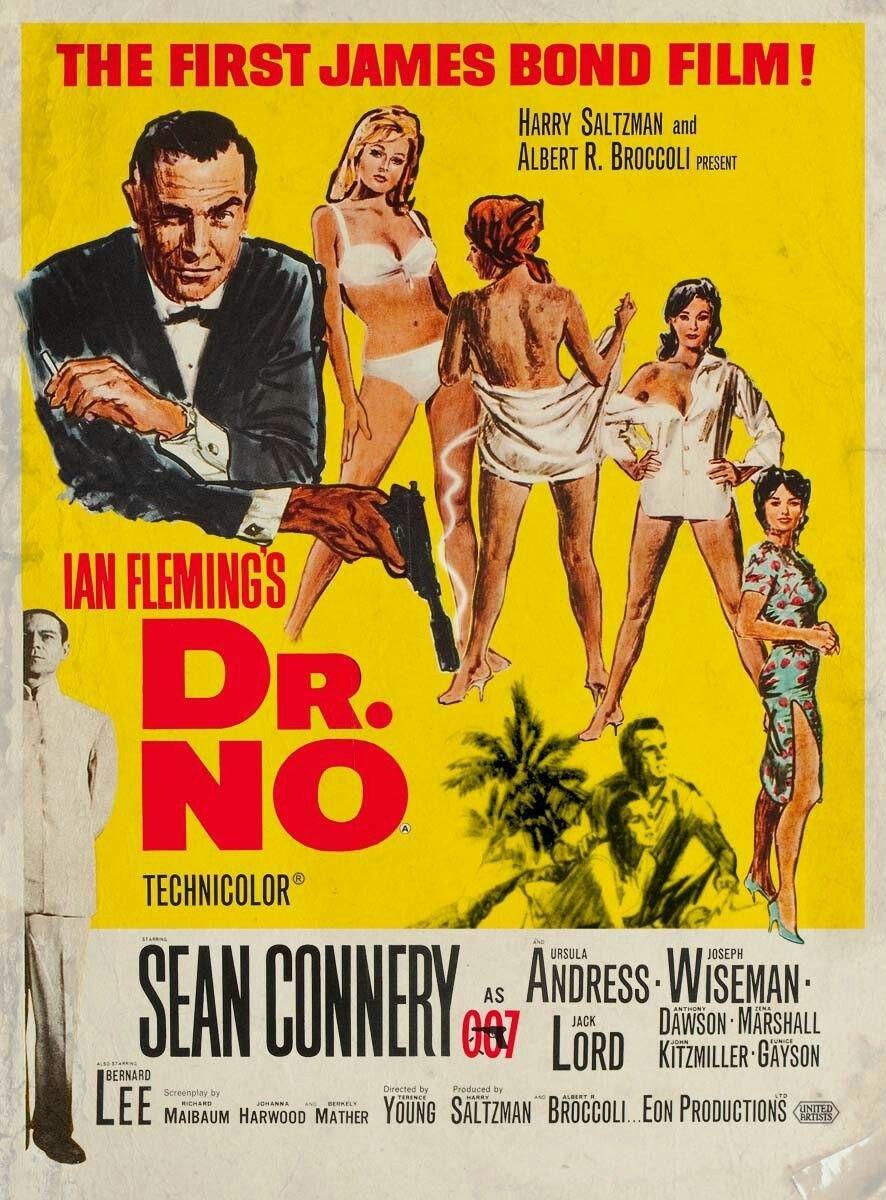
James Bond: A Cinematic Icon
The character of James Bond has undergone many changes throughout his cinematic history. From Sean Connery’s original portrayal to the modern-day interpretation of Daniel Craig, the evolution of Bond has been marked by shifts in style, tone, and cultural relevance.
Despite these changes, the Bond franchise has remained a cultural phenomenon, captivating audiences with its thrilling action, exotic locales, and stylish flair. The James Bond films have become synonymous with the spy genre, inspiring countless imitators and spin-offs over the years.
Today, the Bond franchise continues to thrive, with each new film eagerly anticipated by fans around the world. From the classic Bond tropes of martinis and gadgets to the latest in cutting-edge technology and special effects, James Bond remains a cinematic icon and a cultural touchstone.
Sean Connery as Bond: The Original 007
Sean Connery’s portrayal of James Bond is widely regarded as one of the most iconic performances in cinematic history. The Scottish actor brought a suave and sophisticated charm to the character, introducing audiences to the world of espionage with his debut in 1962’s Dr. No.
Connery’s Bond was a perfect reflection of the era, embodying the ideals of the 1960s with his impeccable style, cool demeanor, and effortless charm. He appeared in six Bond films, with his final outing in 1971’s Diamonds Are Forever.
| Film Appearance | Year |
|---|---|
| Dr. No | 1962 |
| From Russia with Love | 1963 |
| Goldfinger | 1964 |
| Thunderball | 1965 |
| You Only Live Twice | 1967 |
| Diamonds Are Forever | 1971 |
His impact on the Bond franchise is immeasurable, and his legacy as the original 007 will never be forgotten.
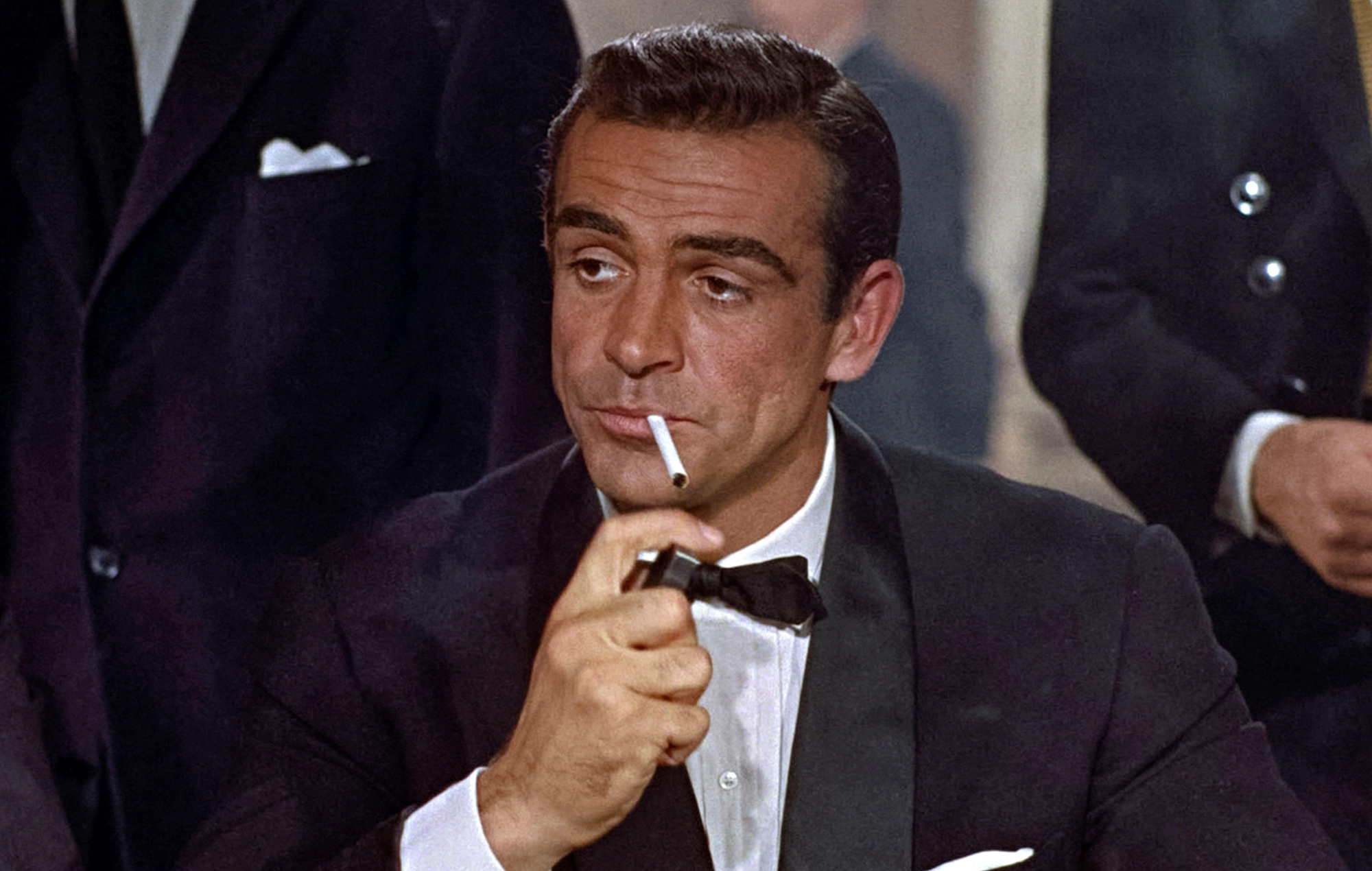
The Transition Years: George Lazenby, Roger Moore, and Timothy Dalton
After Sean Connery’s departure from the James Bond franchise, the role of 007 was taken over by George Lazenby. Though he only played Bond once in On Her Majesty’s Secret Service, Lazenby brought a unique charm to the character, and his performance has since gained a cult following.
Roger Moore followed in Lazenby’s footsteps, and his tenure as Bond lasted for twelve years, making him the longest-serving actor to play the role. Moore’s Bond was known for its humor and wit, as well as its reliance on gadgets. While his portrayal may have alienated some fans of the more serious Connery era, Moore’s films were still immensely popular.
Timothy Dalton took over as Bond in the late 1980s, and his portrayal was a return to the grittier, more serious tone of the early Connery films. Dalton’s Bond was more of a brooding, introspective character, and his two films, The Living Daylights and License to Kill, are considered underrated gems by some fans.
Each of these actors brought a unique flavor to the James Bond character, and their respective tenures were marked by significant changes in tone and style. Despite the challenges of filling Connery’s shoes, Lazenby, Moore, and Dalton all made valuable contributions to the franchise and helped keep the Bond legacy alive.
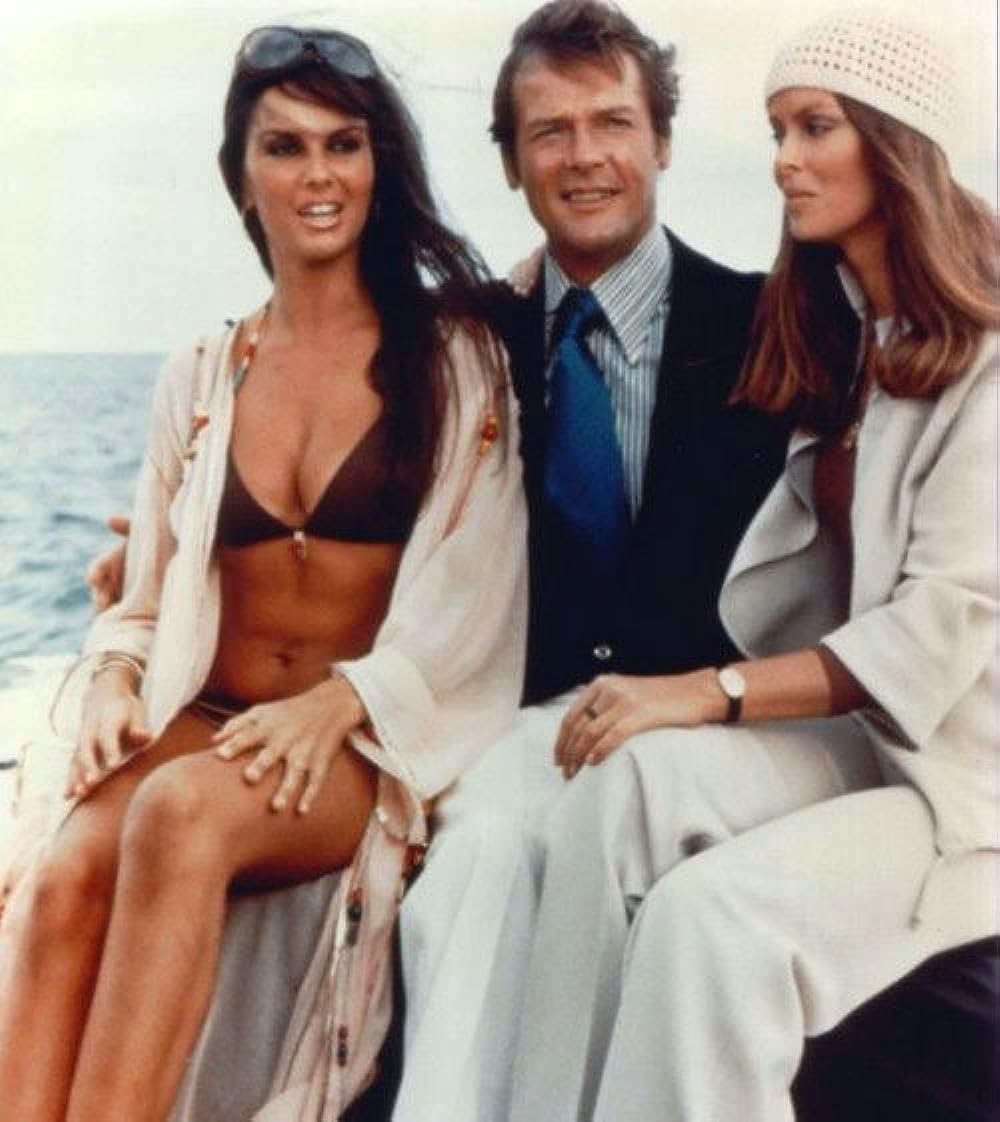
Pierce Brosnan: Revitalizing the Franchise
After Timothy Dalton’s portrayal of James Bond failed to achieve the same success as his predecessors, the franchise went on a six-year hiatus. It wasn’t until 1995 that Pierce Brosnan was cast as Bond in GoldenEye, which proved to be a game-changer for the series.
Brosnan’s take on the character was suave and sophisticated, reminiscent of Sean Connery’s Bond. However, he also brought a new level of action and excitement to the role, with his films featuring some of the most memorable chase scenes and stunts in the franchise’s history.
Under Brosnan’s tenure, the Bond movies once again became box office gold, with each film grossing more than its predecessor. He starred in a total of four Bond films, including Tomorrow Never Dies, The World Is Not Enough, and Die Another Day.
Brosnan’s revival of the franchise set the stage for Daniel Craig’s darker and more complex take on Bond, but it was his contributions that helped re-establish James Bond as a cultural icon in the 1990s.
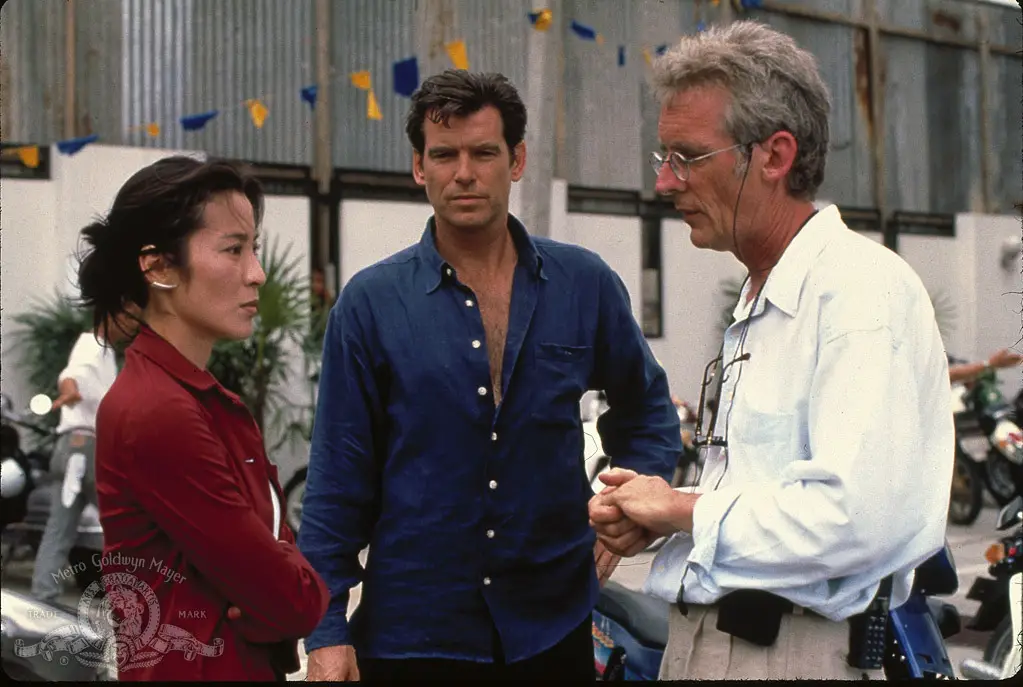
Daniel Craig: A New Era for Bond
With the release of Casino Royale in 2006, Daniel Craig ushered in a new era for the James Bond franchise. Craig’s portrayal of Bond was a departure from the suave and sophisticated version of the character that audiences had become accustomed to, instead offering a grittier and more realistic take.
Craig’s Bond was more physical and vulnerable, showcasing his flaws and imperfections. His films were grounded in a more plausible reality, with a focus on practical stunts and action sequences.
Daniel Craig’s Bond Journey
Over the course of his five Bond films, Craig’s interpretation of the character evolved and grew. In Casino Royale, he was a fresh-faced and inexperienced agent, still learning the ropes and prone to making mistakes.
As the franchise progressed, Craig’s Bond became more jaded and world-weary, reflecting the toll that his job had taken on him. This culminated in No Time To Die, where a retired Bond is pulled back into the world of espionage for one final mission.
Craig’s tenure as Bond was not without controversy, with some fans criticizing his casting and early reports of his “blonde hair” and “blue eyes.” However, his critical acclaim and box office success have cemented his place as one of the iconic Bond actors.
Daniel Craig’s Bond: A Game Changer
Daniel Craig’s portrayal of James Bond has been a game changer for the franchise. His take on the character has been grittier and more grounded, focusing on the emotional toll that the life of a spy can take. This departure from the suave and sophisticated Bond of previous eras was a risk, but one that paid off in spades.
Craig’s first turn as Bond in “Casino Royale” was met with critical acclaim, praised for its realistic action sequences and Craig’s nuanced performance. The film grossed over $600 million at the box office, signaling that audiences were ready for a new kind of Bond.
“The name’s Bond… James Bond.” -Daniel Craig, “Casino Royale
His subsequent Bond films continued to push the envelope, with “Skyfall” becoming the highest-grossing film in the franchise’s history.
Craig’s Bond has also been notable for its inclusion of complex female characters, such as Eva Green’s Vesper Lynd and Léa Seydoux’s Dr. Madeleine Swann. These women are portrayed as equals to Bond, rather than mere eye candy or damsels in distress.
The Legacy of Daniel Craig’s Bond
It’s clear that Daniel Craig’s Bond has made a lasting impact on the franchise and popular culture as a whole. His portrayal has reinvigorated the James Bond character, bringing a new level of emotional depth and realism to the role.
The influence of his films can be seen in other spy franchises, such as the Jason Bourne series, which adopted a similarly gritty and realistic tone. Craig’s Bond has also had an impact on the broader action genre, with many films attempting to replicate his success.
As Craig prepares to hang up his tuxedo and retire from the role, the legacy he leaves behind is clear. He has cemented his place as one of the iconic Bond actors, and his contribution to the franchise will be remembered for years to come.
Bond Beyond Daniel Craig: The Future of 007
As Daniel Craig’s tenure as James Bond comes to an end, fans are eagerly anticipating the next actor to take on the iconic role. Speculation has been rife about who will be the next Bond, with many names being thrown around, including Idris Elba, Tom Hardy, and James Norton. However, the decision is ultimately up to the producers of the franchise, who have yet to announce their choice.
While the casting of the next Bond is still uncertain, there is no doubt that the franchise will continue to evolve and adapt to changing times. The Bond films have always been known for their action-packed sequences, thrilling espionage plots, and iconic gadgets, and these elements are sure to remain at the forefront.
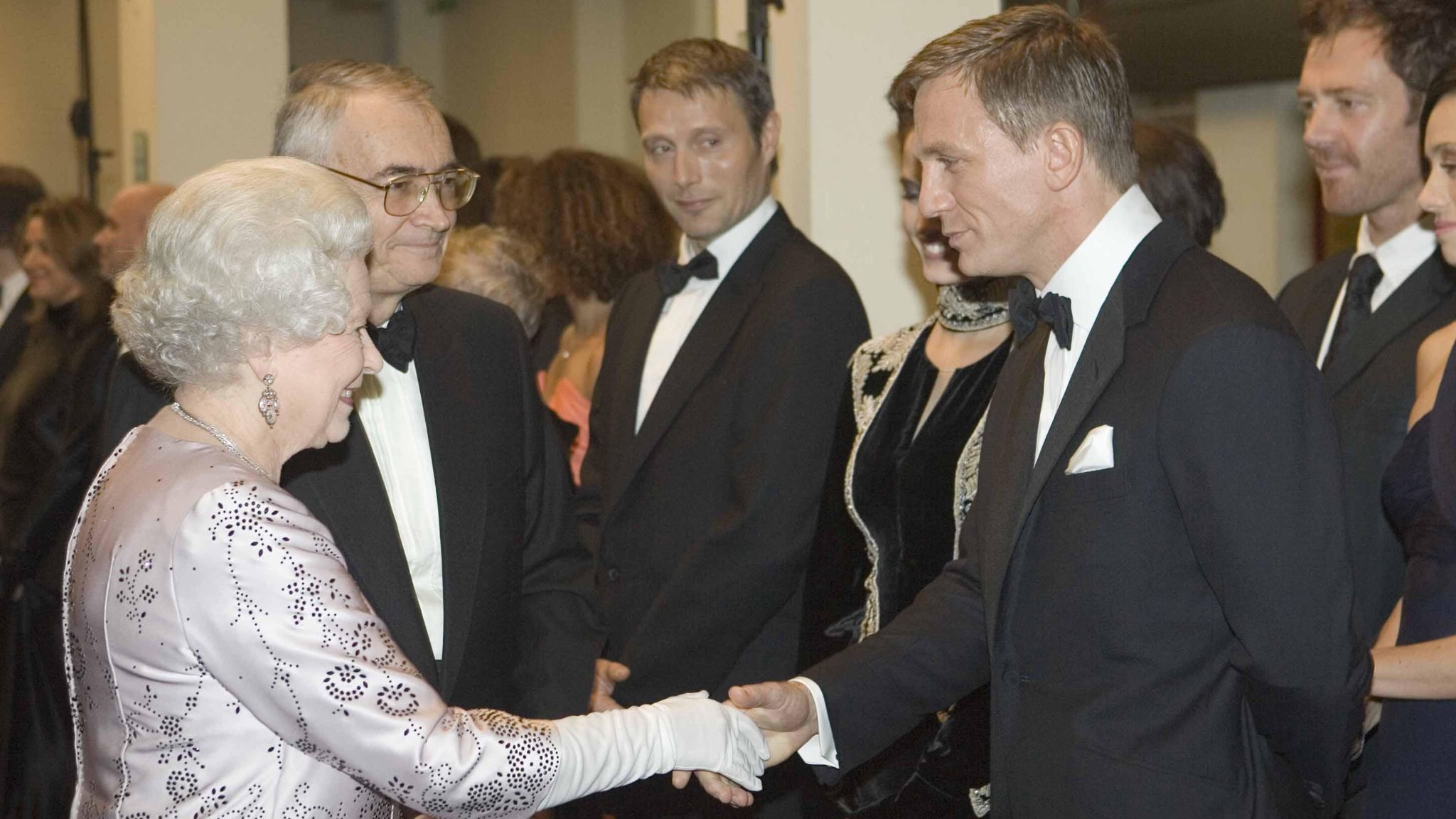
Bond’s Enduring Appeal
The James Bond franchise has remained a cultural icon for over half a century, captivating audiences of all ages. One reason for the enduring appeal of Bond is the character’s versatility and adaptability to changing times. From the suave and sophisticated Sean Connery to the gritty and realistic Daniel Craig, each Bond actor has brought their unique style and interpretation to the role, keeping the franchise fresh and relevant.
Bond films have also reflected the shifting values and concerns of society, addressing topics such as Cold War politics, environmentalism, and terrorism. The franchise has remained a source of escapism and entertainment, providing thrilling action sequences, exotic locations, and high-tech gadgets. However, it has also tackled more serious themes, such as the complexities of espionage and the consequences of violence.
“Bond is the quintessential spy, and he has remained appealing because of his ability to embody both the heroic and the flawed aspects of the human psyche,” says film historian and author David Thomson.
Beyond the movies, Bond has had a significant impact on popular culture, influencing fashion, music, and technology. The character’s iconic status has been cemented through various merchandise, books, and video games, making Bond a multi-billion dollar industry.
The enduring appeal of James Bond can be attributed to the character’s ability to evolve and remain relevant, while staying true to its core principles. Whether it’s the iconic one-liners, the exotic locations, or the thrilling action sequences, Bond films continue to capture the imaginations of audiences worldwide.
Bond on the Big and Small Screen
The James Bond film series has had a significant impact on popular culture, both on the big and small screens. In addition to the twenty-five official Bond films, there have been various spin-offs, TV adaptations, and other media featuring the iconic character.
| Spin-Offs | TV Adaptations | Other Media |
|---|---|---|
|
|
|
While some of these spin-offs and adaptations have been successful, none have come close to matching the popularity and cultural impact of the official Bond films. The Bond series continues to be a dominant force in the film industry, with the upcoming release of No Time to Die and the potential for future films.
Bond’s Cultural Legacy
The James Bond franchise has left an indelible mark on popular culture, influencing fashion, technology, music, and the spy genre as a whole.
One of the most notable legacies of the Bond films is their impact on fashion. Bond’s style, sophistication, and impeccable taste in clothing have set trends and inspired designers for decades. From Sean Connery’s classic tailored suits to Daniel Craig’s rugged, modern style, the fashion of Bond has become iconic in its own right.
Another area where Bond has had an impact is in the realm of technology. From the iconic Aston Martin DB5 to Q’s cutting-edge gadgets, Bond films have introduced audiences to futuristic technology that often becomes a reality years later. The franchise has inspired new inventions and technologies, from the first commercially available cell phones to voice-activated personal assistants like Siri and Alexa.
“Bond, James Bond.” – Sean Connery as James Bond
Bond films have also made a significant contribution to the music industry. The iconic theme songs of each film have become classics in their own right, and many popular musicians have contributed to the franchise, including Paul McCartney, Shirley Bassey, and Adele. The music of Bond films has become a symbol of sophistication and glamour.
Finally, the Bond films have had a lasting impact on the spy genre as a whole. The suave, sophisticated, and often deadly spy character has become a staple of cinema and television, and Bond has set the standard for what audiences expect from a spy thriller.
The legacy of the Bond films continues to grow, and their impact on our culture is undeniable. From fashion to technology to music, the influence of Bond can be seen in many aspects of our lives.
Conclusion
The James Bond franchise has evolved over the decades, with each actor bringing their own unique take on the iconic character. From Sean Connery’s suave sophistication to Daniel Craig’s gritty realism, the franchise has captured the imagination of audiences worldwide, becoming a cultural phenomenon.
The enduring appeal of James Bond is evident not only in the success of the films but also in the influence they have had on popular culture. From fashion to music to technology and the spy genre as a whole, Bond has left an indelible mark on the entertainment industry.
As the franchise looks ahead to the future beyond Daniel Craig, fans eagerly anticipate the casting of the next Bond actor and the potential new directions the films could take. But one thing is certain: the legacy of James Bond and the impact of the iconic actors who portrayed him will continue to live on for generations to come.
The James Bond Collection [Blu-ray]
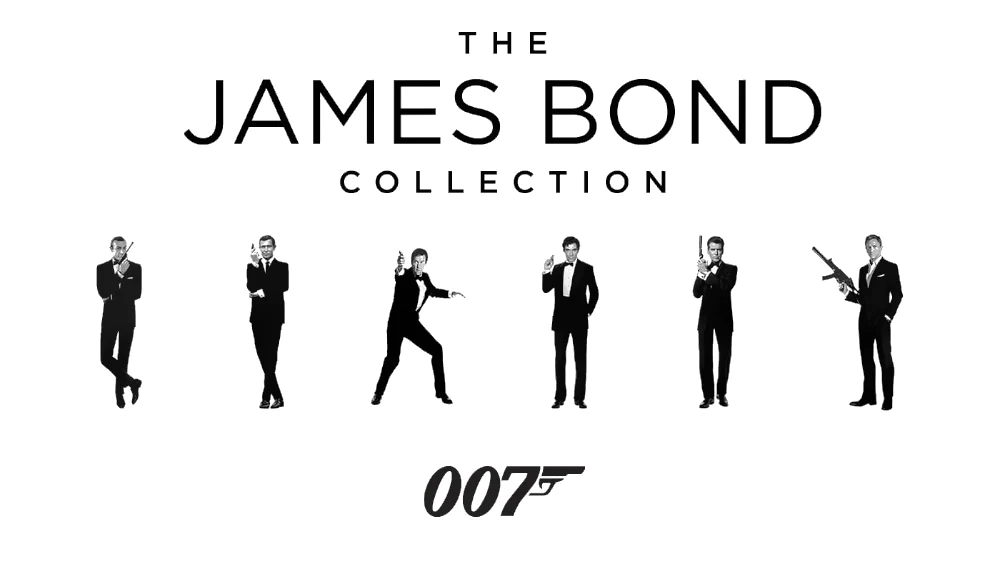
FAQ
Q: What is the article about?
A: The article explores the evolution of the James Bond character from Sean Connery to Daniel Craig, highlighting the impact of each actor on the franchise.
Q: How many actors have portrayed James Bond?
A: Several actors have taken on the iconic role of James Bond, including Sean Connery, George Lazenby, Roger Moore, Timothy Dalton, Pierce Brosnan, and Daniel Craig.
Q: What is the cultural significance of James Bond?
A: James Bond is a cinematic icon and the Bond movie series has had a significant impact on popular culture. It has captured the imagination of audiences worldwide.
Q: Who was the original James Bond?
A: Sean Connery is widely regarded as the original James Bond, portraying the character with charm and sophistication.
Q: Which actor revitalized the Bond franchise in the 1990s?
A: Pierce Brosnan revitalized the Bond franchise in the 1990s with his suave demeanor and action-packed films.
Q: How did Daniel Craig change the Bond character?
A: Daniel Craig brought a grittier and more realistic approach to the Bond character, rejuvenating the franchise with critical acclaim and box office success.
Q: What is the impact of Daniel Craig’s Bond on popular culture?
A: Daniel Craig’s Bond films have had a significant influence on the spy genre and have shaped the modern portrayal of spies in popular culture.
Q: What is the future of the 007 franchise?
A: The future of the James Bond franchise beyond Daniel Craig is a topic of speculation, with anticipation surrounding the casting of the next Bond actor and the potential directions the films could take.
Q: Why do audiences continue to be drawn to the Bond films?
A: The enduring appeal of the James Bond character stems from the combination of thrilling action, stylish sophistication, and the timeless allure of espionage.
Q: How has James Bond influenced popular culture?
A: The James Bond franchise has had a lasting impact on popular culture, influencing fashion, technology, music, and the spy genre as a whole.
Q: Where else can I find James Bond besides the movies?
A: In addition to the films, James Bond has made appearances in spin-offs, TV adaptations, and other media, expanding his presence on the big and small screens.
Q: What is the conclusion of the article?
A: The article concludes by summarizing the evolution of the James Bond character and the enduring legacy left by each actor who has portrayed him.
